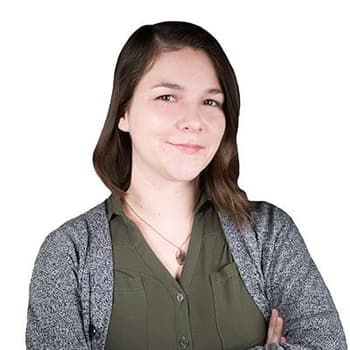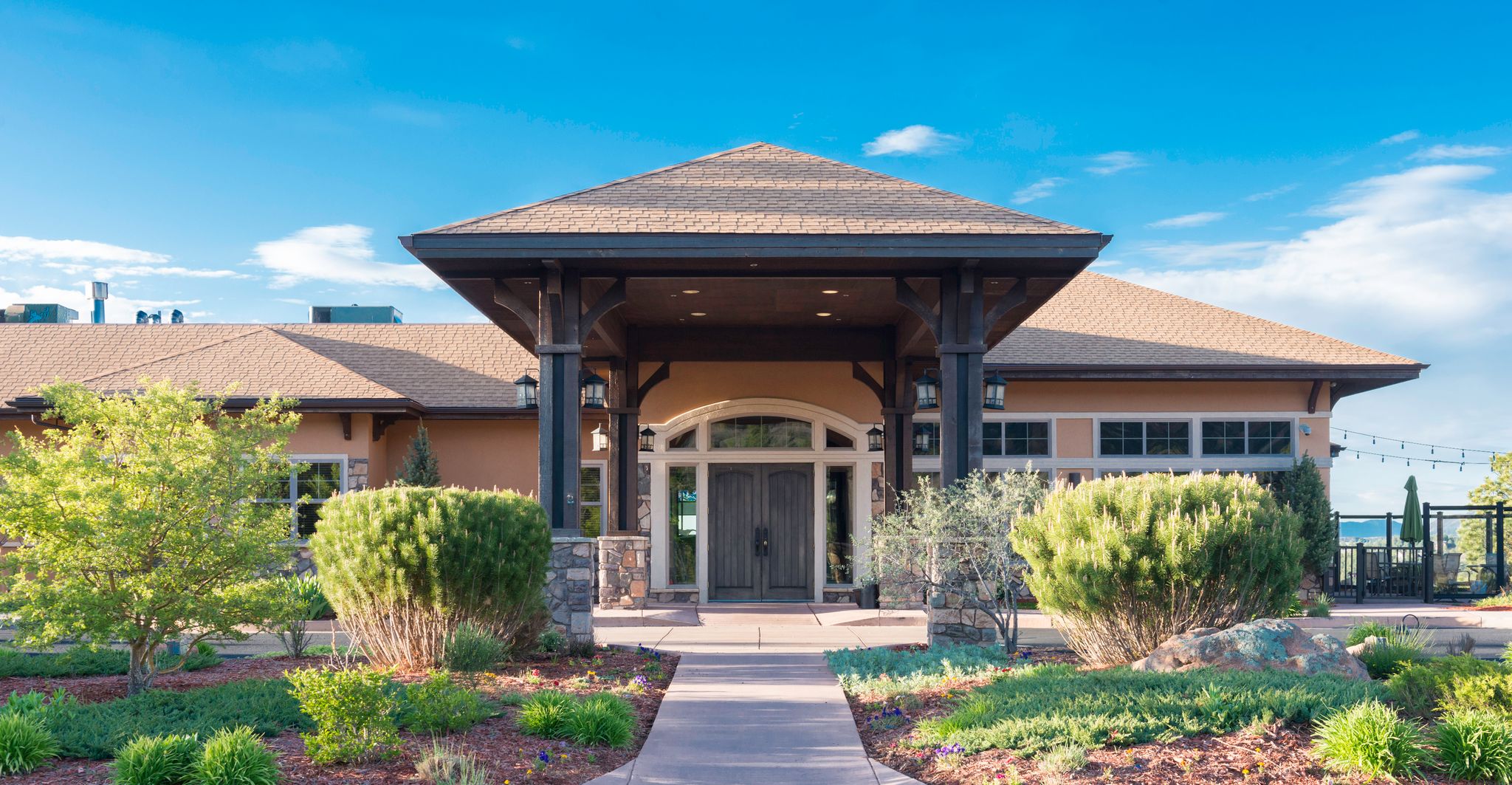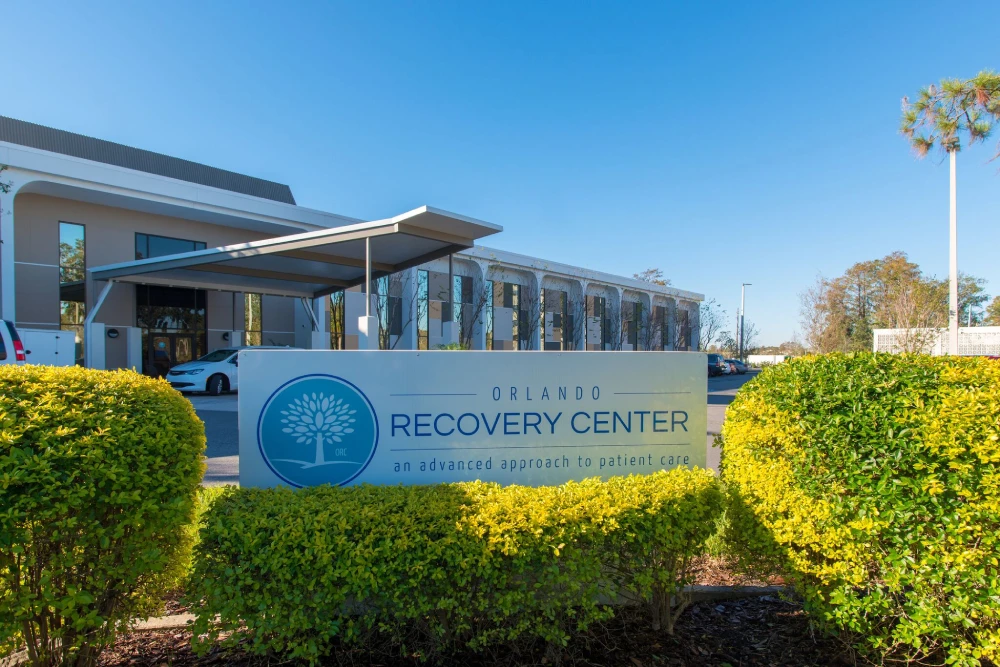Are you or a loved one living with a sleep disorder? The following facts and statistics explore the widespread prevalence of these conditions.
Many people experience temporary sleep-related difficulties due to stress or unfortunate life circumstances. However, if you experience sleep problems regularly, an undiagnosedsleep disordercould be to blame.
For healthy adults, the recommended amount of sleep is7 hours per night.Conversely, if you suffer from a sleep disorder, attaining the recommended amount of sleep is challenging at best. In general, sleep disorders are characterized as chronic sleep conditions that impact your quality of life or ability to function. Not only is getting less than 7 hours of sleep per day associated withincreased accident risk, but also diabetes, heart disease and decreased immunity.Sleep disorder statisticshelp address prevalence, or how widespread these conditions are in a given population, as well as the most commonly diagnosed sleep disorders.
Prevalence of Sleep Disorders
Theprevalence of sleep disordersvaries widely depending on individual studies and disorders. However,the prevalence of sleep disorders in the general populationranges from20–41.7%. Theprevalence of sleep disorders in the United Statesfollows a similar pattern, with50–70 millionU.S. adults impacted by lack of sleep.
Sleep Deprivation Statistics
Sleep deprivation can be defined as having a shorter sleep duration than recommended for one’s age group.Sleep deprivation statisticssuggest that around35%of U.S. adults report sleeping less than 7 hours in a typical 24-hour period.
Sleep deprivation datashows thatmen and womenare equally affected. A disproportionate amount of African-Americans (45.8%), American Indian/Alaska Natives (40.4%) and Native Hawaiians/Pacific Islanders (46.3%) experience sleep deprivation, relative to white (33.4%), Asian (37.5%) or Hispanic (34.5%) populations.
Sleep deprivation statistics in college studentsaged 18–24 suggest that32.2%of young adults suffer from sleep deprivation.Teenage sleep deprivation statisticsreveal that close to70%of high school students sleep less than the recommended 8–10 hours of sleep per night. While these statistics are alarming, first understanding the criteria for healthy sleep is crucial.
Sleep Needs by Age
The National Sleep Foundation (made up of 18 different research groups) developed sleep recommendations based on over300 research publications.Sleep needs by agevary widely, withnewbornsneeding themost sleep,followed by infants, toddlers, preschoolers, school-age children, teenagers, young adults, adults and older adults.
- Children:Newborns (0–3 months) need the most sleep, ranging from 14–17 hours per day. Infants (4–11 months) need 12–15 hours per day, toddlers (1–2 years) need 11–14 hours per night, and preschoolers (3-5 years) need 10-13 hours per night, while school-age children (6–13 years) need 9–11 hours per night.
- Teenagers:Teenagers aged14–17are recommended to sleep between 8–10 hours per night.
- Adults:Adults aged18–64are now recommended to sleep at least 7 hours and no more than 9 hours per night, while adultsolder than 65should sleep between 7–8 hours.
Sleep Disorders by the Numbers
Themost commonly diagnosed sleep disordersinclude insomnia and sleep apnea, which both substantially impact sleep quality. The followinglist of sleep disordersprovides more in-depth information about each of these conditions. Please note that these descriptions are only meant to serve as a guideline and that an official diagnosis for any sleep disorder must be made by a medical professional.
- Insomnia:Insomniais defined as having difficulty falling or staying asleep. People who lie awake for long periods in the middle of the night, awake too early or can only sleep for short periods may live with this condition, according to theNational Institutes of Health (NIH). These symptoms commonly lead toanxiety,depressionand irritability.Insomnia statisticsreveal how common the disorder is in the United States.Short-term insomniaoccurs in nearly30%of U.S. adults, andchronic insomniaoccurs in10%of U.S. adults.
- Sleep-Wake Disorders:Otherwise known ascircadian rhythm sleep disorders, this set of conditions involves alterations in a person’s normal 24-hour biological clock. Throughout human history, cycles of day-versus-night helped people develop complex biological cycles regulated by hormones and temperature. A person may be suffering from a sleep-wake disorder if they have problems with either sleep initiation, frequent night awakenings, early awakenings or poor sleep quality. Though the prevalence of these conditions is currently unknown,sleep-wake disorders statisticsconfirm the possibility of agenetic componentand differences between age groups.
- Narcolepsy:Narcolepsyis aneurological disorderwhereby the brain has difficulty regulating sleep-wake cycles. People who randomly fall asleep at inappropriate times (e.g., while driving, having a conversation or eating) likely have narcolepsy. In the United States, thenarcolepsy prevalenceis estimated to be between135,000–200,000people.
- Hypersomnia:According to theNIH,hypersomniainvolves excessive sleepiness whether prolonged at night or during the day. There is usually no relief despite long periods of sleep. Somehypersomnia factsinclude that most cases of this disease are recognized in early adulthood and certain medical conditions, like epilepsy and obesity, can contribute to this disorder.Hypersomnia statisticsreveal that this condition affects about4%of the general population and disproportionately impacts men due to excess tiredness from sleep apnea.
- Restless Legs Syndrome:TheNIHdefines restless legs syndrome as uncomfortable or unpleasant sensations in the legs.Restless leg syndrome statisticsestimate that up to10%of U.S. adults suffer from this condition. Factors and conditions that tend to overlap with restless leg syndrome includeiron deficiency, pregnancy, alcohol, caffeine and nicotine use, or antidepressant use, among others.
- REM Sleep Behavior Disorder:REM stands for rapid-eye-movement, which is a critical component of healthy sleep. In contrast,REM sleep behavior disorderis defined as a condition that causes a person to act out dreams in real time with physical movement.REM sleep behavior disorder statisticssuggest that it is one of the less common sleep disorders. The condition impactsmiddle-aged men and womenequally. To answerhow common REM sleep behavior disorderis in the general population, the samestudyfound that only about 1% of people suffer from this condition.
- Sleep Apnea:TheNIHclassifies sleep apnea as a condition whereby breathing during sleep is briefly stopped due to airway obstruction.Sleep apnea statisticssuggest that it is one of the most common sleep disorders after insomnia.Sleep apnea factsindicate thatmenmay experience sleep apnea differently than women and children. Whilesleep apnea prevalencevaries significantly, the more severe type of sleep apnea (obstructive sleep apnea) ranges from 2–4% of the general population.Less severe types of sleep apneaare thought to affect 9–24% of the general population.
Diagnosing Sleep Disorders
To diagnosesleep disorders, medical professionals often use the Diagnostic and Statistical Manual of Mental Disorders (DSM-5). The DSM-5 contains specific criteria for diagnosing mental health disorders, including common symptoms and descriptions of each disorder.
If you think you may suffer from a sleep disorder, it is likely that a medical professional will first take adetailed medical history. Afterward, you may need to keep track of your sleep patterns in asleep diaryand participate in a sleep study conducted in a laboratory. To officially confirmDSM-5 sleep disorders, several tests must be performed. These include testingyour blood, degree of tiredness, ability to stay awake, and degree of movement during sleep, for example.
Sleep Disorders and Co-Occurring Conditions
There are many co-occurring conditions with sleep disorders. Common conditions includeanxiety,high stress levelsorsubstance abuse.Additionally, chronicsleep deprivationis associated with increased levels ofobesity and diabetes.
Sleep disordersmay also co-occurwith:
- Attention-deficit hyperactivity disorder
- Cancer
- Epilepsy
- HIV
- Spinal cord injury
- Alzheimer’s disease
- Arthritis
Percent of Adults Using Sleep Aids
To improve sleep quality, many people useprescription sleep aids. Currently, as many as1 out of 6adults with diagnosed sleep disorders have usedprescription sleep aidsversus1 out of 8adults with general sleep problems. In studies conducted between 2005–2010,4%of adults at least 20 years of age reported using prescription sleep aids within the past 30 days.
Sleep Disorders and Motor Vehicle Accidents
One of the more dangerous consequences of sleep disorders or chronic sleep deprivation involves theincreased risk of motor vehicle accidents. For example, in the United Kingdom,30%of highway accidents were attributed to sleep disorders or related conditions. Similar results were seen in the United States and Australia.
Cost of Sleep Disorders
From a financial perspective, theeconomic cost of sleep disordersis staggering. In a case study conducted in Australia in 2004, the overall cost of sleep disorders was determined to be7.4 billion dollarsfor a population of 20.1 million people. This amounts to 0.8% of Australia’s gross domestic product for that year. Therefore, there is a pressing need to better understand sleep disorders and effective treatments to address them.
Sleep Disorders Treatment
Sleep disorder treatmentsdiffer depending on the particular condition. For instance, insomnia and other sleep disorders can be managed with the use of conventional medications andcognitive behavioral therapy. For these and other sleep disorders, medical professionals may recommend avoiding caffeine and nicotine, exercising consistently, practicing meditation or yoga and undergoing acupuncture treatments.
If you or a loved one are struggling with drug or alcohol addiction and a co-occurring sleep disorder, The Recovery Village can help. You can receive comprehensive treatment for these co-occurring disorders from one of ourfacilities located throughout the country. To learn more about treatment programs,call The Recovery Villageto speak with a representative today.
















